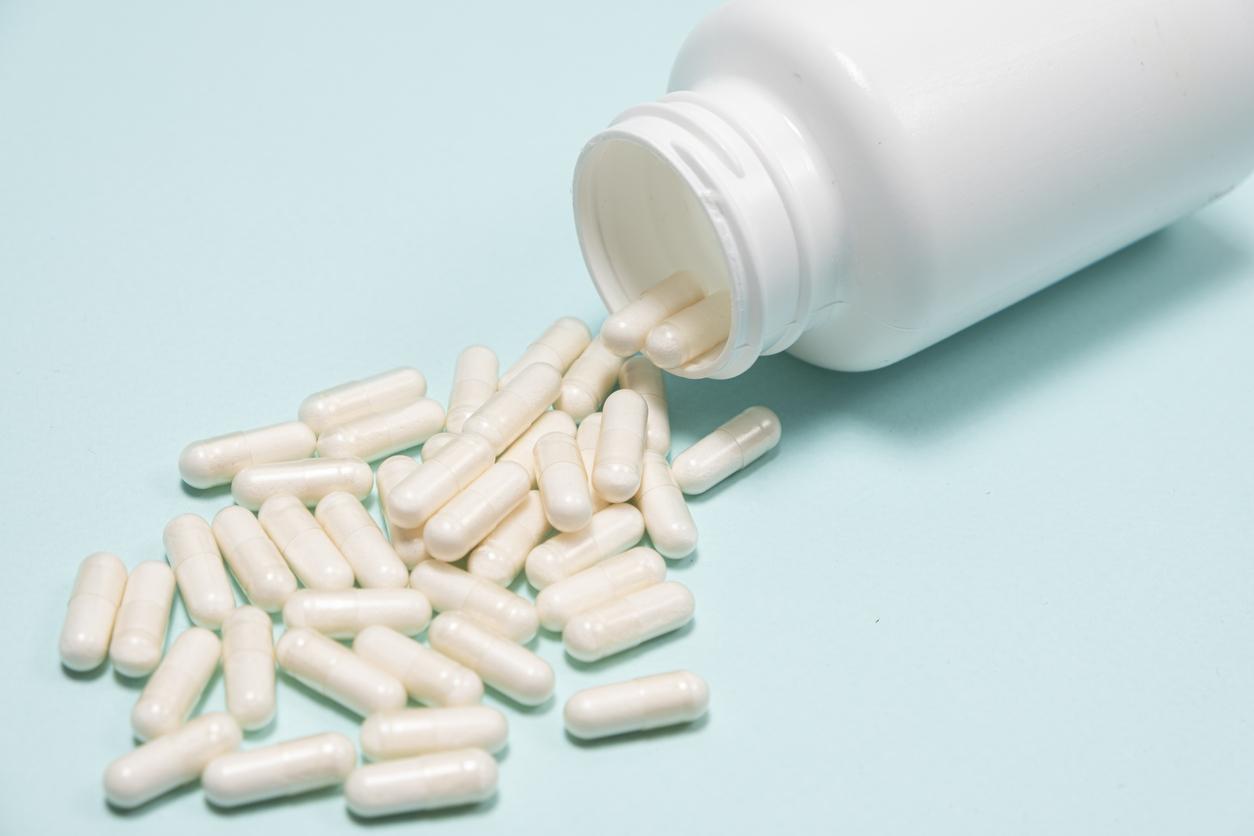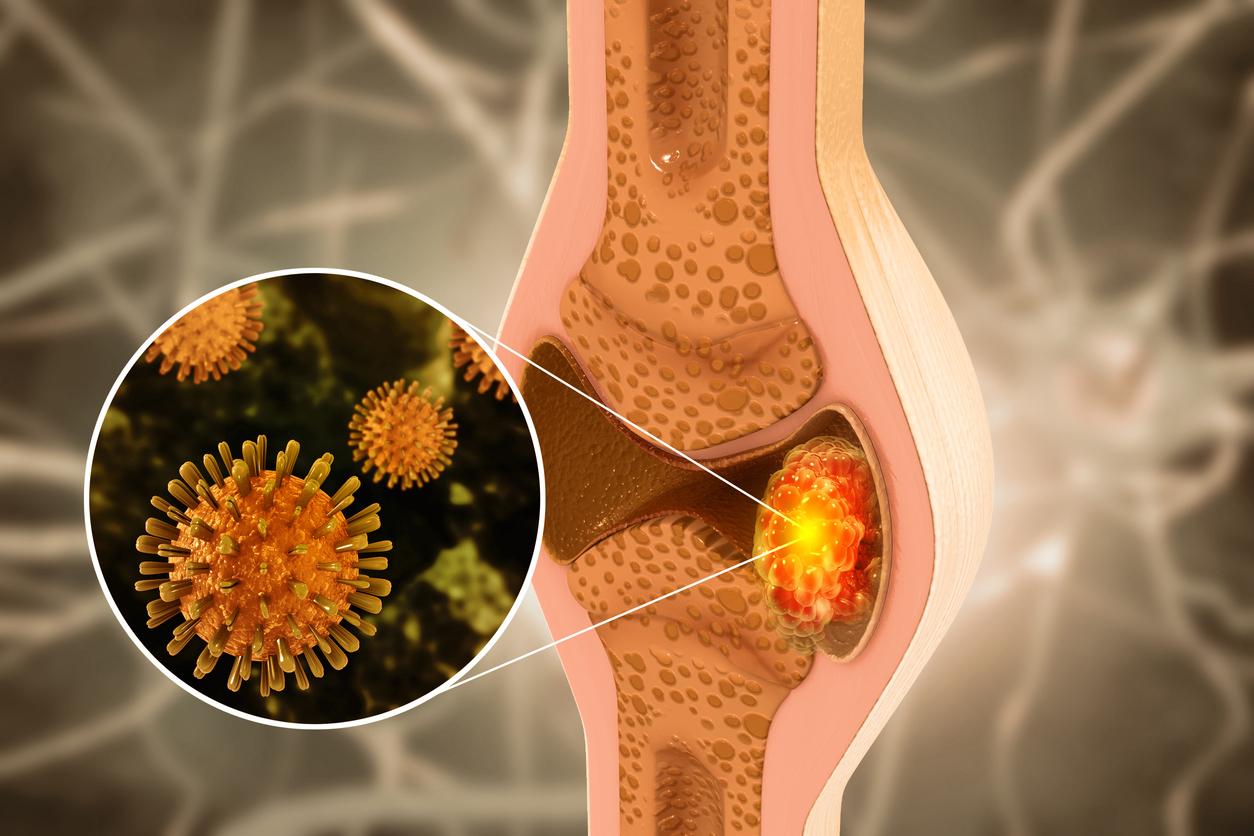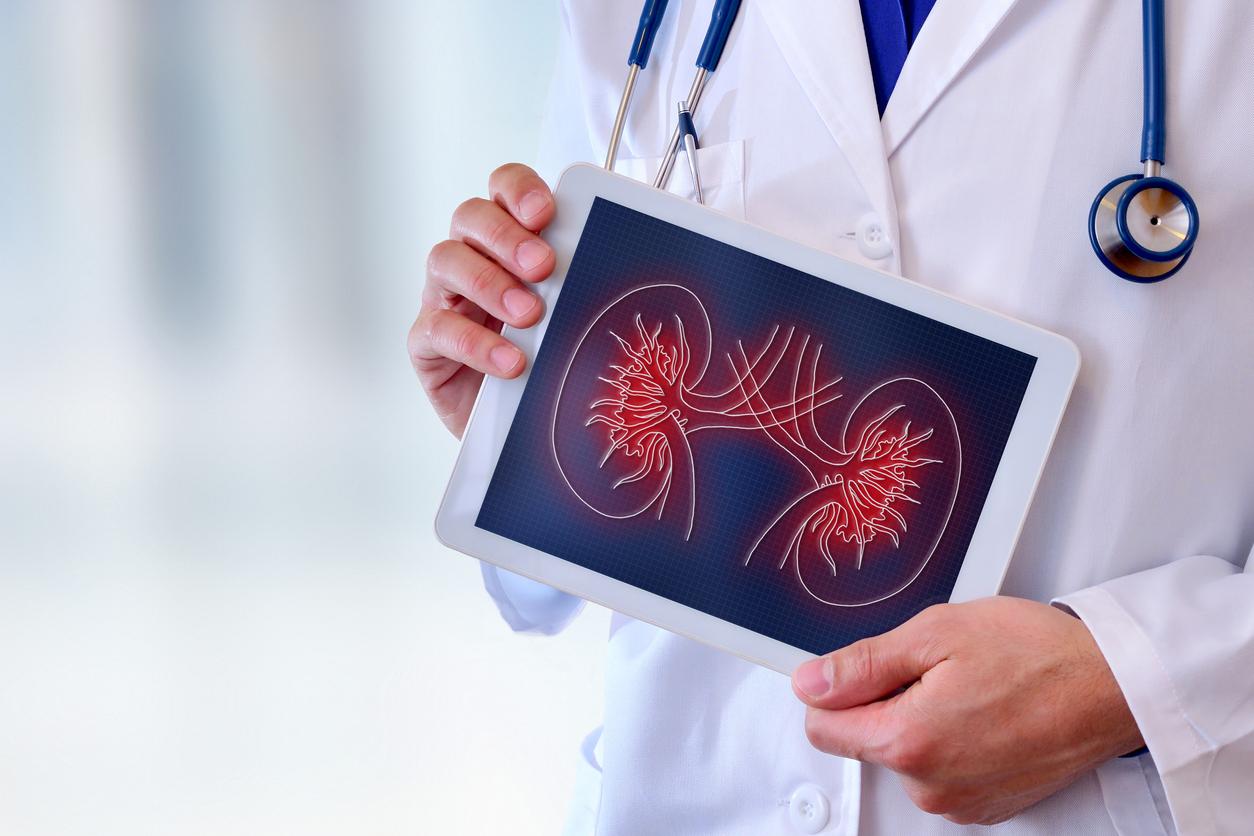the Type 2 diabetes (DT2) is a common disease since it affects approximately 2 million French people. This pathology is characterized by chronic hyperglycemia (that is to say: by a permanently abnormally high level of sugar in the blood), which is caused first by an abnormal resistance to insulin – or “insulin resistance” .
Insulin resistance: what does it mean? Insulin is a hormone secreted by the pancreas – and, in particular, by the ß cells of the islets of Langerhans, which are pancreatic cells. “This molecule acts as a “key” to get sugar (provided by food) into the organs that need it – muscles, liver, adipose tissue…“explains Dr. Florence Cousty-Pech, endocrinologist and diabetologist.
In case of insulin resistance, the cells of the body become resistant to this “key”. Consequence: sugar accumulates in the blood vessels, it is chronic hyperglycemia. “To fight this resistance, the pancreas exhausts itself to increase its production of insulin – we speak of T2D when the cells of the pancreas are no longer able to compensate for insulin resistance by increased secretion of insulin.” develops Dr. Cousty-Pech.
Warning ! He do not confuse type 1 diabetes with type 2 diabetes. If the second occurs due to insulin resistance, the first corresponds to an absence of insulin secretion (because the cells of the pancreas are destroyed by the immune system: it is autoimmune disease). Type 1 diabetes is much rarer than type 2 diabetes.
Type 2 diabetes: what causes, what risk factors?
To know. Type 2 diabetes is an increasingly common disease. Thus, according to the World Health Organization (WHO), the number of type 2 diabetics in the world increased from 108 million to 422 million between 1980 and 2014.
Several risk factors favor the occurrence of insulin resistance, and therefore of chronic hyperglycemia and type 2 diabetes:
- Age. Type 2 diabetes usually manifests after age 40; the diagnosis occurs on average around 65 years of age. The incidence is highest between 75 and 79 years with 20% of men and 14% of women treated for this disease.
- The hygiene of life. A diet that is too fatty and too sweet, combined with insufficient physical activity, promotes the onset of type 2 diabetes.
- Obesity. We speak of obesity when the body mass index (BMI) is greater than 30.
- The stress. Episodes of stress result in the secretion of a hormone that promotes hyperglycemia (cortisol).
- Certain medications. Prolonged treatments with neuroleptics or corticosteroids, for example, can increase the risk of developing type 2 diabetes.
To know. The French Federation of Diabetics (FFD) has created a test that allows everyone to assess their risk of developing type 2 diabetes.
Type 2 diabetes: what are the symptoms?
As we have said, type 2 diabetes is characterized by chronic hyperglycaemia: this causes symptoms that are not very specific and sometimes absent at the start of the disease. In particular, we can observe:
- Abnormally severe fatigue,
- Polyuropolydipsic syndrome:the patient is very thirsty and has a strong urge to pee, with frequent nocturnal risings“clarifies the endocrinologist.
- Abnormally frequent infections (viral, bacterial, etc.),
- Difficult healing
- The presence of sugar in the urine (glycosuria), which may be accompanied by weight loss.
Type 2 diabetes: what are the possible complications? Type 2 diabetes is a serious disease. “Sugar deposits on blood vessels and damages them“explains Dr. Cousty-Pech. On the side of complications, we can therefore cite:
- Diabetic retinopathy:there may be damage to the blood vessels of the eyes, which requires regular fundus examinations“,
- Chronic renal failure. Every year, 3,000 diabetics start dialysis or undergo a kidney transplant,
- An increased risk of myocardial infarction. Every year, 10,000 diabetics are hospitalized in France because of a heart attack: among them, 1,000 die,
- An increased risk of cerebrovascular accident (CVA),
- Peripheral artery damage:this results in poor healing: in the event of a wound, there is an increased risk of amputation“,
- An increased risk of neuropathy (because sugar is also deposited on the sheaths of the nerves): one can then observe pain (sometimes disabling) and/or sensitivity disorders (sensations of tingling, burning, etc.).
Type 2 diabetes: how is the diagnosis made and what are the treatments?
Diagnostic. The diagnosis of type 2 diabetes begins with blood tests: “diabetes can be diagnosed when, on two successive blood samples taken on an empty stomach, the blood sugar level (glycaemia) is greater than or equal to 1.26 g/L“explains Dr. Cousty Pech.
A specific antibody assay then makes it possible to differentiate between type 1 diabetes (which is of autoimmune origin, therefore) and type 2 diabetes.
Treatments. “For type 1 diabetes as for type 2 diabetes, the first treatment consists of lifestyle and dietary management.” notes the endocrinologist. A specific diet is put in place: this bans fast sugars (candies, cakes, honey, jams…), regulates slow sugars (pasta, rice, potatoes) and combines necessarily the latter with vegetables.”It is also imperative to eat as little fat as possible and not to skip meals.“
Swimming, running, dancing… Regular physical activity is also recommended. “To function, muscles use sugar: sport therefore helps to reduce blood sugar levels“says the diabetologist.
In case of type 2 diabetes, anti-diabetic drugs to be taken orally will be prescribed: first-line, the doctor will suggest metformin (Glucophage® and generics, Stagid®). This medicine, which belongs to the family of biguanides, improves the efficiency of insulin, in particular at the level of the muscles and the liver. “Over time, type 2 diabetics may become insulin-requiring and require insulin therapy, i.e. regular injections ofinsulin“adds Dr. Cousty-Pech.
Thanks to Dr. Florence Cousty-Pech, endocrinologist and diabetologist at the Ambroise Paré clinic in Toulouse (ELSAN group).
Sources:
Read also :
- Diabetes: 9 dessert recipes low in sugar (but delicious)
- Is sugar really a poison?
- The 9 Best Anti-Diabetes Foods

















